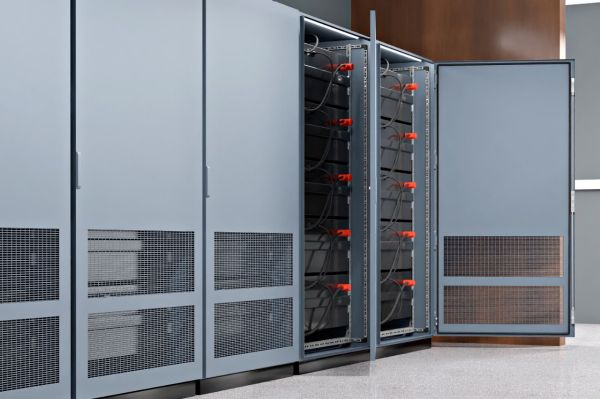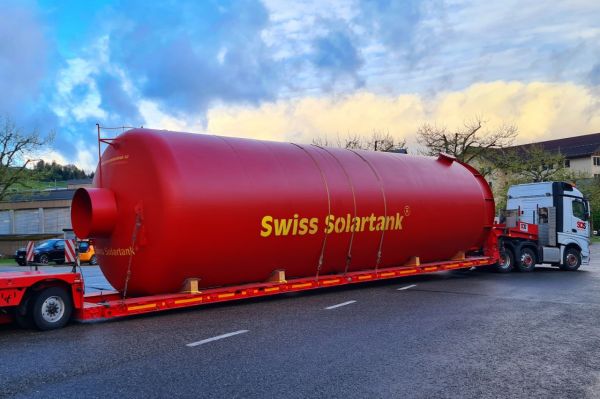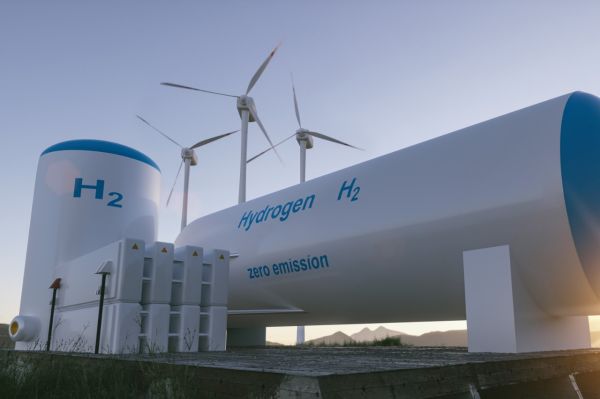

The bottom line is that Switzerland wants to eliminate greenhouse gas emissions by 2050. In the coming years, the building stock will also gradually move away from fossil fuels and replace them with renewable energy sources. However, the yield of such systems depends on the weather and the time of day and year. In order to balance supply and demand, storage solutions are needed because they offer the necessary flexibility.
At present, storage systems are not yet very widespread on sites and large complexes, partly due to the still high investment costs. Although the cost-effectiveness of storage systems cannot always be taken for granted, owners who operate their integrated energy solutions based on renewable sources and with storage systems are already reaping the benefits. They improve the carbon footprint of properties and reduce dependence on fossil energy imports from abroad, whose prices can fluctuate wildly.
Solar power produced in decentralised plants is playing an increasingly important role in the energy system. However, in summer and when there is strong sunlight, production often exceeds local demand. To ensure that surpluses do not go unused or have to be fed into the grid, there is a need for short- and long-term storage capabilities to make the energy available in periods of lower production. One option is stationary battery storage systems. According to forecasts in the Swiss government’s Energy Perspectives 2050+ (in German) around 70 per cent of photovoltaic systems will be combined with these energy storage systems by 2050.
Today, the standard storage system is the lithium-ion battery, which is also used in smartphones and electric cars. Sodium-ion batteries are a more environmentally friendly and cheaper alternative, but they have not yet in widespread use, due in part to the greater space requirements. Salt batteries are also an interesting variant, but charge and discharge less quickly and have a lower efficiency.

Renewable heating systems with heat pumps can be supplemented by heat storage systems that can be used on sites and complexes or in large thermal networks. They also aid decarbonisation efforts because there is little or no need to cover peak loads with fossil fuels. And some types of storage system can be used as heat sinks in summer to cool buildings with minimal use of energy.
Geothermal probe heat storage
The most widely used type of storage system in Switzerland is geothermal heat storage units. The soil not only serves as a primary source of heat, but is also thermally charged. In this process, known as ‘regeneration’, warm water is circulated through the probes in summer to reheat the soil, which has cooled down in winter.
Tank heat storage systems
Container heat storage systems consist of prefabricated or on-site tanks made of concrete or steel that contain a heat transfer or storage medium. Because the energy density increases with increasing storage temperatures, container heat storage systems should be charged to the highest possible temperatures. Without additional pressure, the maximum storage temperature for water-filled container heat storage systems is 100 °C.
Ice storage
One still quite new variant is ice storage. The storage medium is water, which is usually stored in a concrete tank. If thermal energy is needed to supply a heat pump in winter, heat is extracted from the storage system. The water gradually freezes, which releases a lot of heat, known as crystallisation energy. This can be used via a heat pump for heating and hot water supply.

Another option for seasonal storage of surplus electricity is to convert it into a gas such as hydrogen or methane (‘power-to-gas’). If required, the gas can be used either to produce heat and electricity or directly as a fuel for vehicles. The simplest and most efficient way to generate synthetic gas from renewable electricity is through the electrolysis of water. The water is split into hydrogen and oxygen using electricity.
Hydrogen can be converted into methane in a further step. One way of producing methane is through the chemical reaction of hydrogen and CO₂ under high pressure and high temperatures. The other way is for the transformation to be carried out by microorganisms in a fermenter – at significantly lower temperatures and normal pressure. Technological solutions already exist for both approaches and are already being used.
Find out which storage systems are used on sites or large complexes in our new white paper ‘Energy storage systems for properties: Using renewable energy efficiently’. It also presents specific examples.









